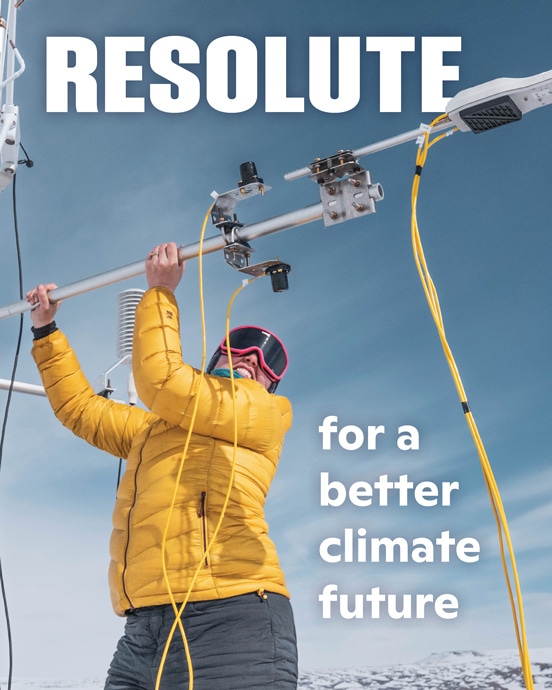Climate change and the Infrastructure and Investment in Jobs Act
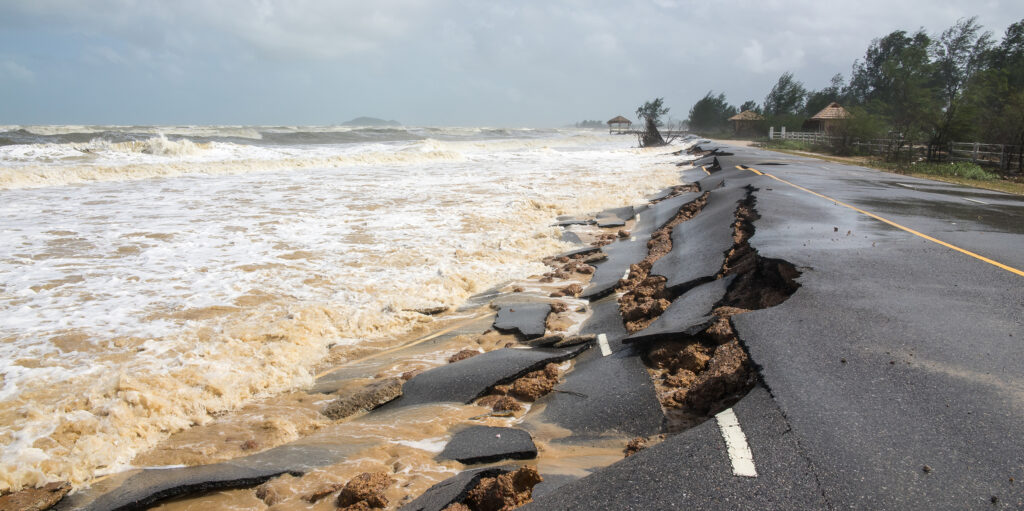
Key points
- Climate change poses a serious and rapidly growing threat to the United States’ already severely degraded infrastructure.
- Reducing climate impacts and protecting America’s infrastructure will require significant investments in the protection, restoration, and enhancement of natural systems.
- Natural infrastructure utilizes or mimics the natural world to provide important ecosystem services, such as extreme heat reduction, flood protection, and drought mitigation. Natural infrastructure is highly effective, cost-efficient, and easily combined with traditional infrastructure.
- The Infrastructure and Investment in Jobs Act, while a strong commitment to American climate resiliency, does not sufficiently highlight the importance of natural infrastructure. Future infrastructure investments should provide clear provisions for natural infrastructure implementation.
The great Siberian thaw
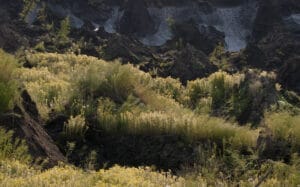
Permafrost contains microbes, mammoths, and twice as much carbon as Earth’s atmosphere. What happens when it starts to melt?
Tom Lovejoy’s legacy to the Earth
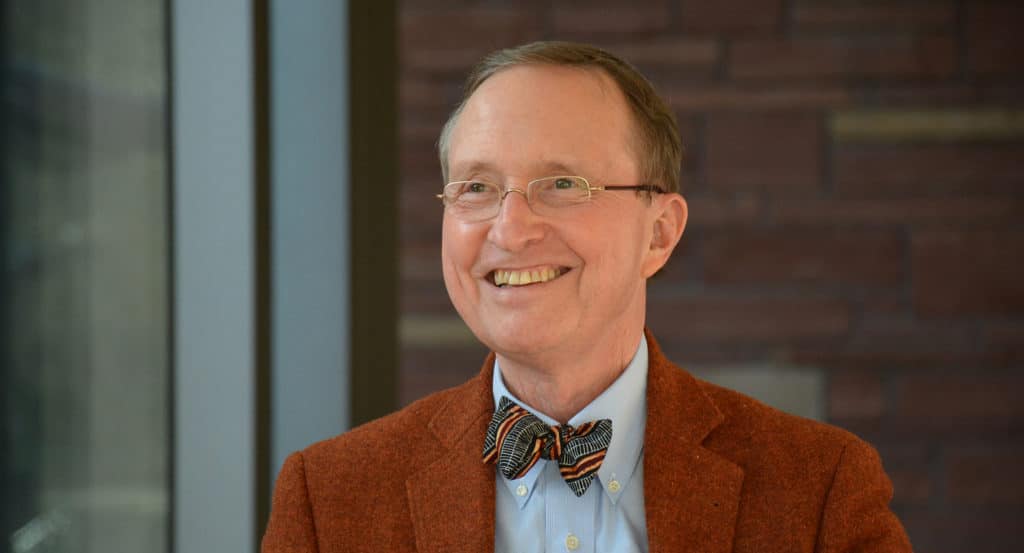
Tom Lovejoy, in his mild-mannered way, embodied the force of Nature he studied and defended. His passing is a personal loss for his many friends and colleagues, and leaves a void in conservation biology, a field he helped develop.
Tom was an innovator and integrator of multiple concepts to serve the protection and restoration of the natural world. In 1980, he introduced the term, biological diversity—later shortened to biodiversity—to describe the richness and variety of species locally within a specific ecosystem or globally. In 1992, the concept was codified in an international treaty, The Convention on Biological Diversity.
Tom demonstrated that intact, biodiverse forests were the most productive and resilient, and therefore were effective means for slowing climate change by accumulating large amounts of carbon out of the atmosphere. While he worked in the tropical forests of Amazonia, he recognized the principles he discovered were applicable to forests of all types. This realization drove him to propose means for protecting large tracts of intact forests by working locally with people and internationally through Debt for Nature Swaps that “paid” deeply indebted poorer countries to keep forests intact by forgiving their international debts.
Shortly after completing his Ph.D. study of tropical forest birds at the mouth of the Amazon River, Lovejoy joined a new, small NGO, World Wildlife Fund, as the program officer. He found support for the innovative species protection programs he devised from WWF board member George Woodwell, and the fledgling organization grew rapidly. That relationship deepened after the Woodwell Climate Research Center was founded as the Woods Hole Research Center in 1985. Tom became an early director and was the longest serving board member until he stepped down in 2021. His own work in the Amazon clearly influenced the Center’s continuing research on the consequences of Amazon forest loss on biodiversity and climate change. In recognition of his unique contributions and service to the Center and to conservation science, he was awarded the title and role of Distinguished Ambassador.
Tom served in many capacities and was an influential adviser to many organizations and political leaders. He founded the highly productive Amazon Biodiversity Center and initiated the Biological Dynamics of Forest Fragmentation Project that is “the world’s largest and longest running study of habitat fragmentation.” This site is where Tom conducted his own research, and where he often retreated. He won many environmental prizes for his conservation work including the Tyler Prize and the Blue Planet Prize, and the greater scientific community recognized his profound contributions in 2021 when he was elected into the National Academy of Sciences.
Tom Lovejoy’s death on Christmas morning sent a wave of grief over the many whom he mentored, befriended, and with whom he collaborated. He leaves an extraordinary legacy upon which those of us who study and care for this remarkable living planet can build a more sustainable future.
Max Holmes
Acting President and Executive Director
George Woodwell
Founder
Board of Directors
Woodwell Climate Research Center
End-of-year message from Woodwell Acting President Max Holmes
Woods Hole Diversity Initiative Releases First Update Since 2018 Report
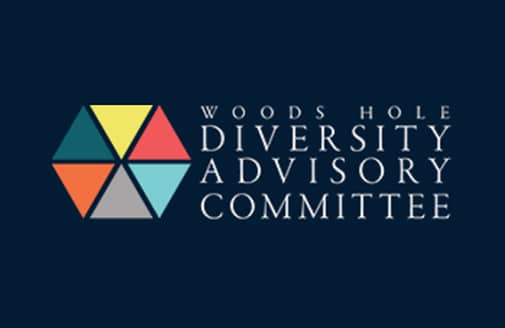
Sixteen years after the Woods Hole Diversity Initiative came to be, the six institutions involved in the effort have gotten together to re-sign the initial memorandum of understanding and release a 2021 update on their progress to creating a more diverse, inclusive, and equitable environment in the village, their field, and beyond.
Since the initial signing of the memorandum in 2004 by the Woods Hole Oceanographic Institution, Marine Biological Laboratory, NOAA Northeast Fisheries Science Center, US Geological Survey, Woodwell Climate Research Center, and Sea Education Association, the initiative has been reupped twice, the first of which being in 2012 and now again in 2021.
Read the full article on the Falmouth Enterprise.
The race to defuse Congo’s carbon bomb
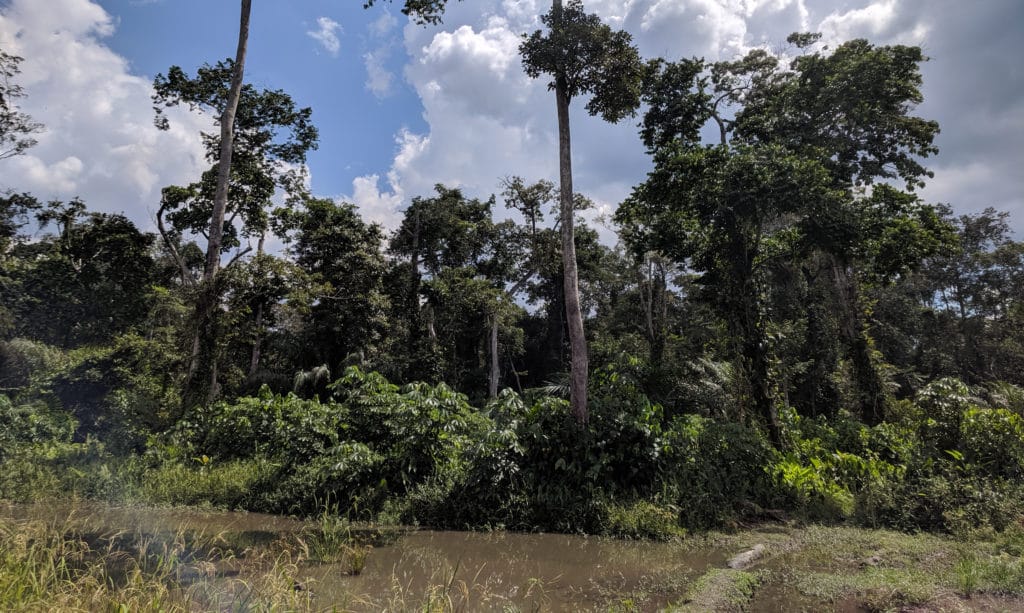
The parishioner approached the pastor after morning prayer to tell him she’d had a dream the night before—a premonition, really—that a White man would walk into their remote village soon and change their lives forever.
The arrival of professor Simon Lewis and his colleagues in Ikenge just months later would indeed upend this calm idyll tucked away in one of the world’s remaining rainforests.
The village—home to a few dozen families living in earthen houses ringed by fields of cassava—is exceptionally secluded. Reaching it requires journeying for at least a day in dugout canoes up charcoal-black tributaries, often while torrential thunderstorms crisscross overhead. Ikenge’s residents are familiar with the world beyond the forest, though they seldom interact with it.
So when Lewis and his colleagues began talking in giddy, hushed tones about carbon and a substance called “tourbière” in French, Pastor Timothée Bombala sensed the premonition was coming true.
“They kept saying, ‘This is the biggest and deepest we have ever seen.’ They were very excited,” Bombala recalled of that momentous day in 2019. “They took many pieces of it with them.”




